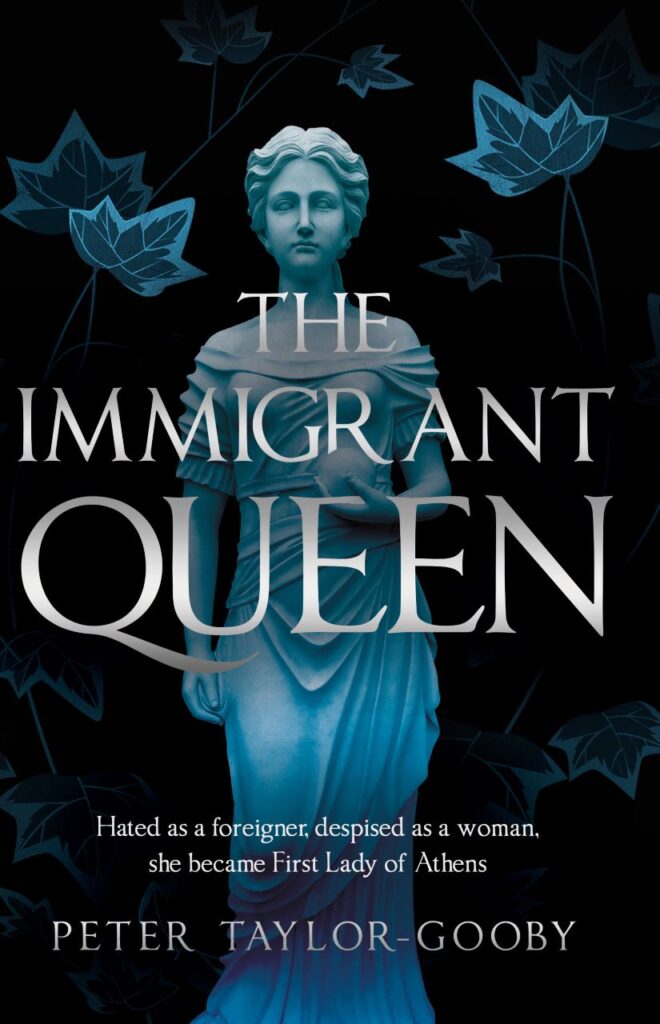A Step Removed: Character and Dialogue in ‘Daughters of Mars’
Helen Boyd
In the second of our series of features looking at the language of the six historical novels shortlisted for this year’s Walter Scott Prize, we consider how Thomas Keneally blurs the distinction between character dialogue and narratorial control.
 Thomas Keneally’s Daughters of Mars is the story of two Australian sisters who travel to the Middle East as wartime nurses on a medical ship. The protagonist, Sally, is wracked with guilt over her perceived role in her mother’s euthanasia, but her views are often difficult to dissect from those of the narrator. He achieves this through a number of textual motifs that create an intense, compelling reader experience: framing dialogue; grammatical structures and sudden poetic ‘explosions’.
Thomas Keneally’s Daughters of Mars is the story of two Australian sisters who travel to the Middle East as wartime nurses on a medical ship. The protagonist, Sally, is wracked with guilt over her perceived role in her mother’s euthanasia, but her views are often difficult to dissect from those of the narrator. He achieves this through a number of textual motifs that create an intense, compelling reader experience: framing dialogue; grammatical structures and sudden poetic ‘explosions’.
Dialogue is notably sparse in the novel, and is never surrounded with quotation marks. This blurs the distinction between characters’ speech and the narrator’s opinion,
“Of course, said Mrs Carradine. Naomi seems confident in all things”
Is this Mrs Carradine’s comment? Sally’s (Naomi’s sister, to whom Mrs Carradine is talking) opinion? Or the narrator’s opinion? This ambiguity occurs repeatedly, and serves to create some distance from the characters, but also perhaps shields the reader from their wartime horrors. Furthermore, we are typically treated to only one or two exchanges in a conversation with the narrator summarising or paraphrasing emotions instead,
“The conversation was wearing through its fake-pleasant fabric. Rawness was eating its way out.”
Early in the novel, for example, we are introduced to Matron Mitchie,
“Three matrons sat at the captain’s table, and the third of them – the most junior – drove the pace of talk and caused men to laugh robustly…. The other two matrons – more entitled to capture the conversation – smiled thin-lipped and shook their heads in a tiny, only half-approving way”
Keneally continues,
“When she made men laugh, the laugh was not a concession to quaintness but came gushing up from the area between the sternum and the abdomen.”
We are never treated to her jokes or anecdotes, but we are only advised,
“It was how she told it [the joke] that worked, and their willingness to be amused.”
There are two very apparent exceptions to this fluid and ambiguous dialogue. The first, which is done very sparingly, is where the narrator wishes the reader to witness a conversation very precisely. In these instances, the dialogue is presented in the form of a script for a drama, as with the beginning of this argument between frazzled nurses,
“And then it all developed.
Freud: Tell me what you’re saying
Honora: You choose what to make of it”
The other exception is where we see Sally write to her father in Australia, the first time we hear her voice directly. The language is far more conversational and naïve, more fitting for a young nurse leaving home for the first time than the dialogue paraphrased by the narrator,
“You can’t help thinking, what’s your life like, Mrs Egypt? How does it match up to a farmer’s life in Mcleay?….
Orderlies carry everything for us except our valises. This is pretty flash. They’re like porters but you don’t have to slip them a shilling a bag.”
In many parts of the novel, there is almost a dialogue taking place within the narrative itself. Keneally achieves this through the very frequent use of phrases or clauses that are framed with dashes instead of commas or semicolons:
“Archimedes was estimated by Naomi – on whatever basis – to be sixteen thousand tons.”
The wording caught between the dashes is very often an interjection or an impression of the character, without being at all clear to whose opinion we are being presented.
“…Sally – knowing that she was disqualified from flippancy because of her serious part in the finishing of her mother – failed to apply herself to that business… [making costumes for the crossing the line party]”
Is this Sally’s opinion of herself, or the narrator’s judgement on her?
Although the use of these ‘dashed’ sections is effective, Keneally suddenly switches after long sections written in this way to more poetic, descriptive sections. These extend to paragraphs or pages and the abrupt contrast maximises the effect, as with this mention of crossing the equator,
“Yet now here was the equator – the burning and unconsumed filament that divided the world of southern innocence from the world of northern gravity of intent, and the hemisphere of the owners.”
Similarly, descriptions suddenly shift from the ordinary to the exotic,
“Lemonade on a hotel veranda of the Amangalla Hotel beside a Dutch church was different from McLeay lemonade – redolent of an extra layer of spice and strangeness.”
The characters’ voices in Daughters of Mars are far less important to Keneally than those of the narrator, and our knowledge of the characters is therefore partly shielded, but Keneally’s great quality is his complete control over both character and reader, which is compelling rather than claustrophobic.







